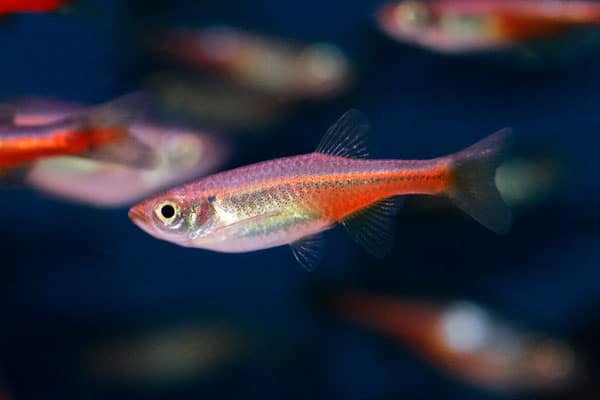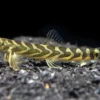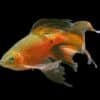To provide the best experiences, we use technologies like cookies to store and/or access device information. Consenting to these technologies will allow us to process data such as browsing behaviour or unique IDs on this site. Not consenting or withdrawing consent, may adversely affect certain features and functions.
The technical storage or access is strictly necessary for the legitimate purpose of enabling the use of a specific service explicitly requested by the subscriber or user, or for the sole purpose of carrying out the transmission of a communication over an electronic communications network.
The technical storage or access is necessary for the legitimate purpose of storing preferences that are not requested by the subscriber or user.
The technical storage or access that is used exclusively for statistical purposes.
The technical storage or access that is used exclusively for anonymous statistical purposes. Without a subpoena, voluntary compliance on the part of your Internet Service Provider, or additional records from a third party, information stored or retrieved for this purpose alone cannot usually be used to identify you.
The technical storage or access is required to create user profiles to send advertising, or to track the user on a website or across several websites for similar marketing purposes.
Golden Eyes Vampire Crab - Geosesarma Sp. - Decapod Crustacean 1 × £8.71

 Golden Eyes Vampire Crab - Geosesarma Sp. - Decapod Crustacean
Golden Eyes Vampire Crab - Geosesarma Sp. - Decapod Crustacean 














Emily Carter (verified owner) –
I recently added the Fireline Devario (Devario sondhii) to my aquarium, and I couldn’t be more thrilled with my choice! These tropical fish are not only vibrant with their striking colors, but they also have a lively personality that brings my tank to life. After about two months of keeping them, I’ve noticed how they thrive in a well-planted environment with plenty of swimming space. They have such an engaging demeanor and often school together, creating a beautiful spectacle.
What I appreciate most is their peaceful nature – they get along well with my other community fish without any issues. If you’re considering these beauties, I’d recommend a tank size of at least 20 gallons to provide them enough room to roam. However, they do love a little cover, so adding some floating plants or driftwood is a great tip!
Shipping was prompt, and they arrived in excellent condition, which is always a huge plus. While I did initially worry about their care level, I’ve found them to be quite hardy as long as the water parameters are right. Overall, I highly recommend these tropical fish for both beginners and experienced hobbyists alike. They’re a delightful addition to any aquarium!
Emily Roberts (verified owner) –
I recently added the Fireline Devario (Devario sondhii) to my tropical fish community aquarium, and I can’t express how thrilled I am! These vibrant little fish have brought so much life to my tank. Their shimmering colors are truly eye-catching, and they swim with such energy that it’s hard not to smile just watching them. I’ve had them for about a month now, and they’ve adjusted beautifully to my 30-gallon setup. They thrive alongside my other freshwater fish, creating a lively and harmonious environment. One of the best things about these Devarios is how easy they are to care for; they’re quite hardy and have shown no signs of stress since I introduced them!
Compared to other rasboras I’ve kept in the past, I find the Fireline Devario to be less prone to disease and they interact more playfully with each other. My only minor concern is that they do appreciate a bit of open swimming space, so I had to rearrange my tank a bit to accommodate them. If you’re looking for colorful and active companions for your community aquarium, I highly recommend the Fireline Devario. They’re perfect for both beginners and experienced aquarists alike!
Shipping was prompt, and they arrived healthy and ready to explore their new home. I would definitely buy them again!